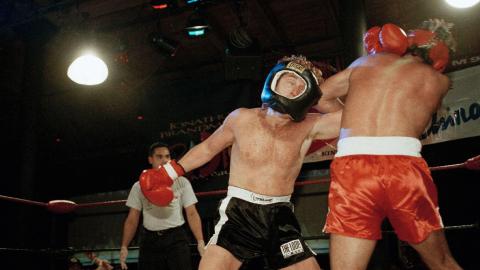18th Century Gin Craze
Gin, cursed Fiend, with Fury fraught, Makes human Race a Prey. It enters by a deadly Draught And steals our Life away.
Rev James Townley, 1751
Binge drinking isn’t anything new. The Gin Craze that swept 18th century London spawned as many social problems and fuelled as much public outcry as anything we read about in the papers today.
In over-crowded, slum-ridden Georgian London, gin was the opium of the people. For a few pennies, London’s poor found entertainment and escapism from cold and hunger at the bottom of a glass. In 1730, around 10 million gallons of gin were being distilled in the Capital each year and sold from 7,000 dram shops. In fact, it’s estimated that the average Londoner drank a staggering 14 gallons of the stuff a year!
Invented in Holland, gin only became popular in England when Dutch-born William of Orange took the English throne in 1688. By the end of the century, we were at war with France. So, to protect our economy and help the war effort, the government put a heavy duty on the import of spirits and lifted restrictions on domestic spirit production. In doing so, they created a healthy market for poor quality grain – which could only benefit the many landowners who sat in Parliament. The resulting trade also created a rich source of tax revenue.
The effects were devastating. Gin was blamed for misery, rising crime, prostitution, madness, higher death rates and falling birth rates. The vice-chamberlain Lord Hervey remarked that, "Drunkenness of the common people was universal, the whole town of London swarmed with drunken people from morning till night." In one notorious case of 1734, a woman named Judith Dufour collected her two-year-old child from the workhouse, strangled him, dumped the body in a ditch and sold the child’s new set of clothes for 1s and 4d to buy gin.
As public outcry grew, the government was forced to take action. The 1736 Gin Act taxed retail sales at 20 shillings a gallon and made selling gin without a £50 annual licence illegal. In the next seven years, only two licences were taken out. Whereas reputable sellers were put out of business, bootleggers thrived. Their gin, which went by colourful names such as ‘Ladies Delight’ and ‘Cuckold’s Comfort’, was more likely to be flavoured with turpentine than juniper. At worst, it was poisonous, containing horrifying ingredients such as sulphuric acid.
In 1751, artist William Hogarth published his satirical print ‘Gin Lane’, which depicted such disturbing scenes as a gin-crazed mother, covered in syphilitic sores, unwittingly dropping her baby to its death down some cellar stairs while she takes a pinch of snuff. Aided by powerful propaganda such as this, the 1751 Gin Act was passed. This was more successful. It lowered the licence fee and forced distillers to sell only to licensed retailers trading from respectable premises.
A change in the economy also helped turn the tide. A series of bad harvests forced grain prices up, making landowners less dependent on income from gin production. They also forced food prices up and wages down, so the poor were less able to afford their drug of choice. By 1757, the Gin Craze was all but dead.
Did you know?
Gin joints in 18th century England allowed women to drink alongside men for the first time. It’s thought this led many of them to child neglect and prostitution. So gin became known as ‘Mother’s ruin”.
















